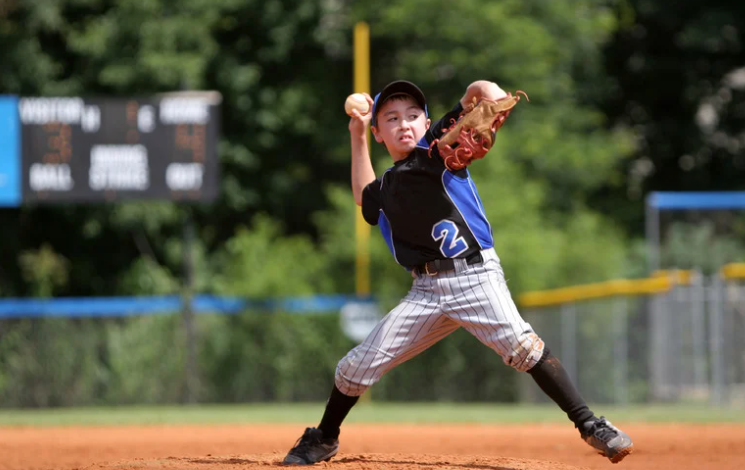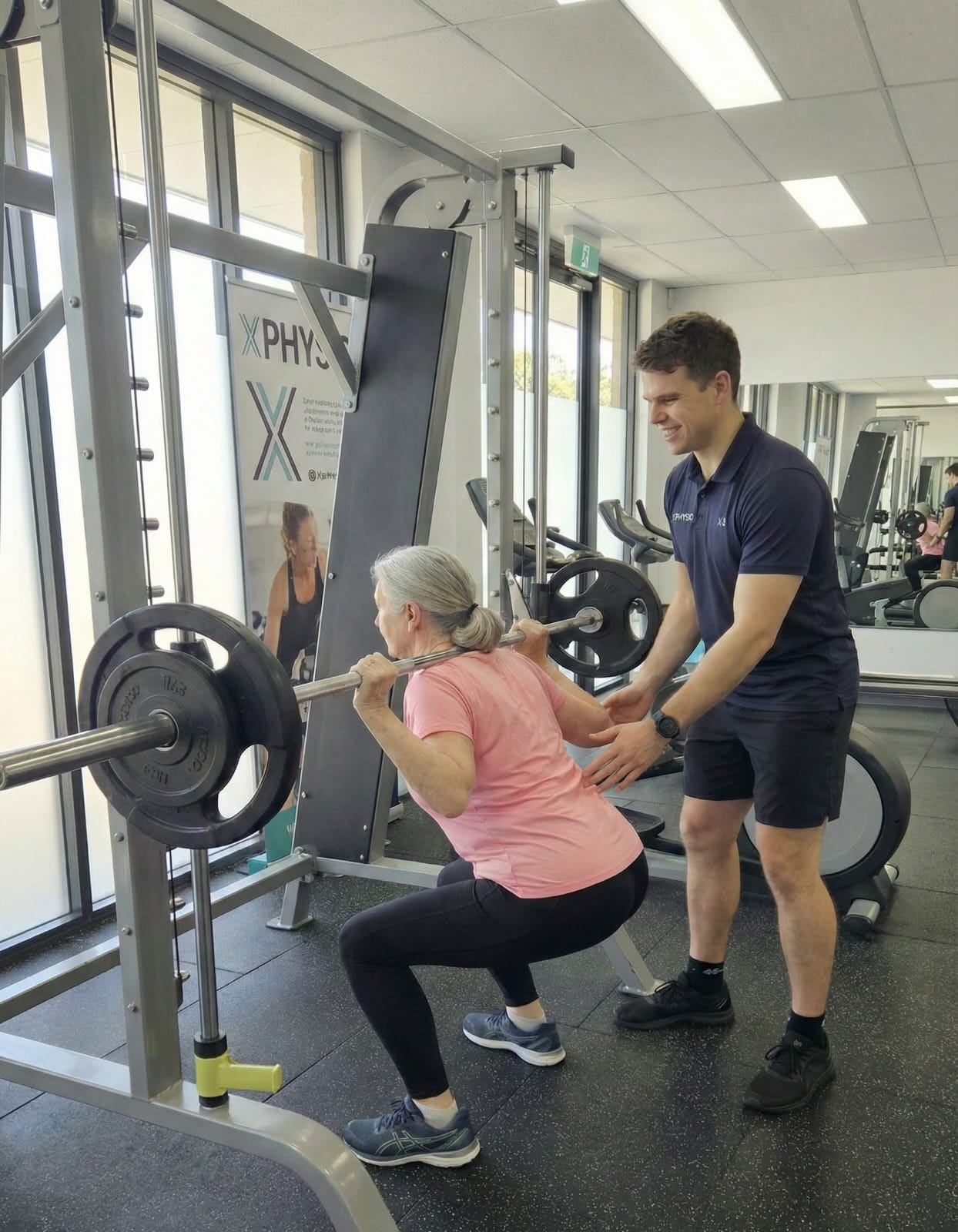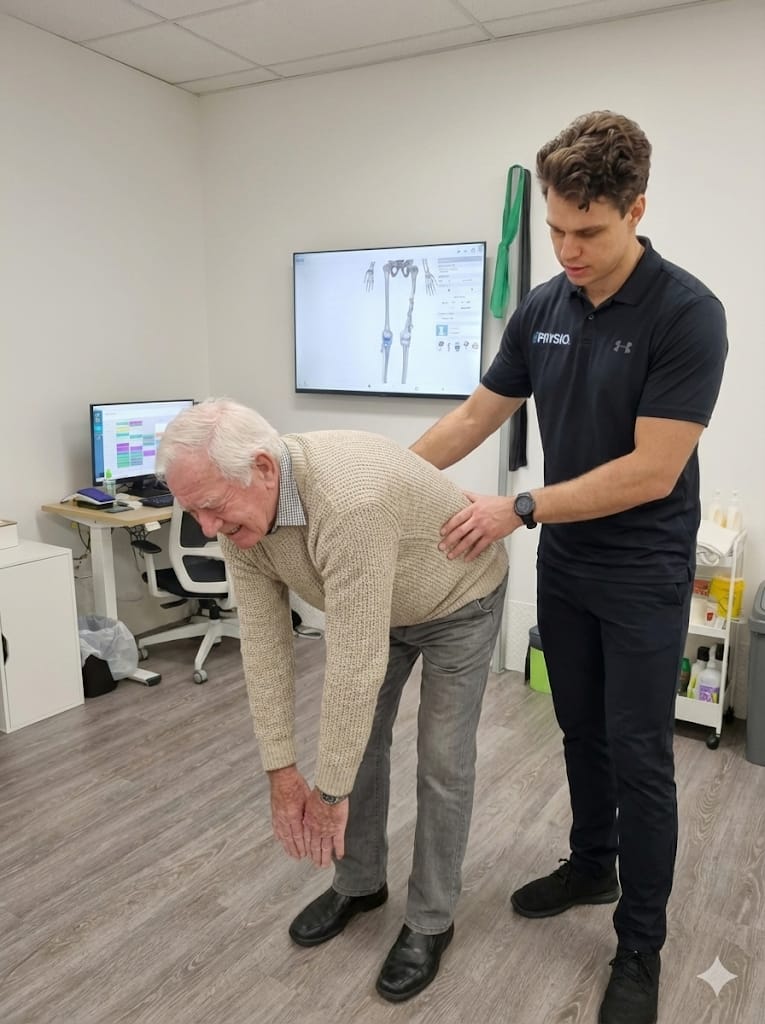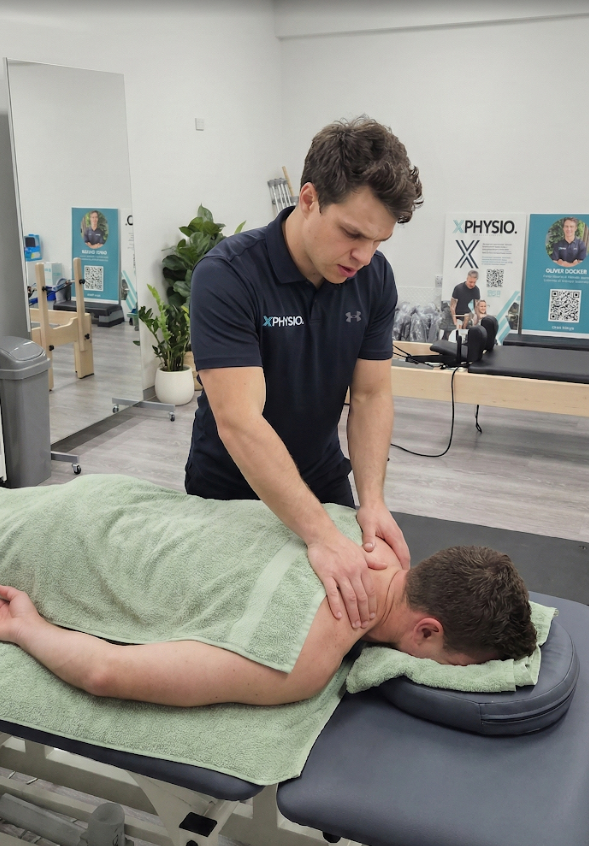
57) Shoulder Pain From Throwing: Rare Opinion From A Physio
If you notice shoulder pain throwing, you’re not alone. Whether you’re hurling a cricket ball, pitching in baseball, or launching a netball pass, repetitive throwing can take a toll on your shoulder. In this blog, we’ll break down the causes, treatments, and prevention strategies — plus share a real success story from our clinic to show what’s possible with the right physiotherapy.
Why you Feel Shoulder Pain Throwing
Throwing is a high-speed, high-load movement. Your shoulder — technically the glenohumeral joint — sacrifices stability for mobility, making it one of the most vulnerable joints in your body.
When you throw, your arm moves through extreme ranges of motion, and the forces placed on the joint can strain muscles, tendons, ligaments, and even the joint capsule.
Common causes of shoulder pain throwing include:
- Rotator cuff tendinopathy – tiny tears or irritation in the tendons that stabilise your shoulder.
- Labral tears – damage to the cartilage rim that deepens your shoulder socket.
- Impingement syndrome – tendons or bursa being pinched during movement.
- Shoulder instability – looseness or laxity from repetitive stress.
- Overuse injuries – microtrauma building up over time without enough recovery.
To learn more about rotator cuff injuries, CLICK HERE.

The Biomechanics Behind Shoulder Pain Throwing Injuries
Throwing isn’t just an arm movement — it’s a full-body, sequenced action involving your legs, core, back, and shoulder. If one part of the chain isn’t working well, another part — often the shoulder — ends up compensating.
The throwing motion has four main phases:
- Wind-up – building potential energy.
- Cock-back – maximum shoulder external rotation, which loads the rotator cuff and capsule.
- Acceleration – the explosive phase, generating extreme forces.
- Follow-through – controlling deceleration, where many injuries occur.
Problems can develop in any of these stages if your technique, strength, or flexibility are lacking.
Signs You Shouldn’t Ignore in Shoulder Pain throwing
If you experience any of these symptoms when throwing — or even afterwards — it’s worth getting checked out:
- A sharp pain deep in the shoulder joint
- Weakness or loss of throwing power
- A “dead arm” feeling after repeated throws
- Clicking, catching, or grinding sensations
- Pain that lingers after games or training sessions
Ignoring these signs can turn a minor irritation into a season-ending injury.

Why Physiotherapy is a Game-Changer for Shoulder Pain Throwing
Physiotherapy for shoulder pain throwing isn’t just about relieving pain — it’s about restoring movement, preventing recurrence, and improving performance. At our clinic, we focus on:
1. Accurate Diagnosis
Through physical testing, movement analysis, and sometimes imaging, we pinpoint exactly which structures are involved. This ensures we target the real cause, not just the symptoms.
2. Hands-On Treatment
This can include:
- Joint mobilisation to improve mobility
- Soft tissue release for tight muscles
- Dry needling for muscle trigger points
- Taping for short-term support during games
3. Individualised Exercise Programs
We’ll give you tailored strength and mobility work, including:
- Rotator cuff strengthening
- Scapular stability drills
- Core and hip control exercises
- Throwing-specific movement patterns
4. Load Management
We help adjust your training schedule so you can stay active while giving the shoulder time to heal.
5. Technique Optimisation
Sometimes small tweaks to your throwing form can reduce joint stress dramatically.

Rehabilitation Timeline for Shoulder Pain Throwing Athletes
While every injury is different, here’s a rough guide for recovery:
- Acute phase (1–2 weeks): Focus on pain reduction, gentle mobility, and protecting the joint.
- Strength phase (2–6 weeks): Gradually restore shoulder, scapular, and core strength.
- Return-to-throwing phase (6–12 weeks): Controlled reintroduction of throwing drills, starting light and slow.
- Performance phase (3+ months): Build explosive power, endurance, and sport-specific skills.
Preventing Shoulder Pain Throwing Injuries
If you’re an athlete, coach, or weekend warrior, prevention is always better than cure. Our top tips:
- Warm up properly – not just a few arm swings! Include mobility drills, band work, and gradual throwing build-up.
- Strengthen the kinetic chain – train your core, legs, and hips as much as your arm.
- Manage your throwing load – avoid sudden spikes in throwing volume.
- Perfect your technique – work with a coach to ensure biomechanical efficiency.
- Don’t ignore early warning signs – catching an issue early can save your season.

Case Study: From Sideline to Star Player
Recently, we treated Michael, a 19-year-old baseball pitcher, who came in complaining of a deep ache and occasional sharp pain in his right shoulder when throwing. His symptoms had been building for two months, and by the time he saw us, he’d lost throwing speed and accuracy.
Assessment Findings:
- Weakness in the rotator cuff, especially external rotation
- Tightness in the posterior shoulder capsule
- Over-reliance on arm strength with limited hip and core involvement
- Pain during the cock-back and follow-through phases of throwing
Treatment Plan:
- Hands-on therapy – joint mobilisations and soft tissue release to improve capsule mobility.
- Dry needling – to release tension in the infraspinatus and posterior deltoid.
- Strength program – focused on the rotator cuff, scapular control, and lower-body power.
- Throwing technique correction – we worked with his coach to adjust his stride length and trunk rotation.
Outcome:
Within six weeks, Michael reported throwing pain-free for the first time in months. By week eight, he was back to full-speed pitching, and by the end of the season, his performance stats had improved beyond his pre-injury level.
Final Thoughts on Shoulder Pain Throwing
Shoulder pain when throwing doesn’t have to be the end of your season. With accurate diagnosis, targeted physiotherapy, and a structured return-to-play program, you can get back to throwing stronger than before.
If you’ve been putting up with shoulder pain, now’s the time to take action. The earlier you start treatment, the quicker you recover — and the less likely the pain is to return.
Give us a call today on 9806 3077, or book online, just CLICK HERE



